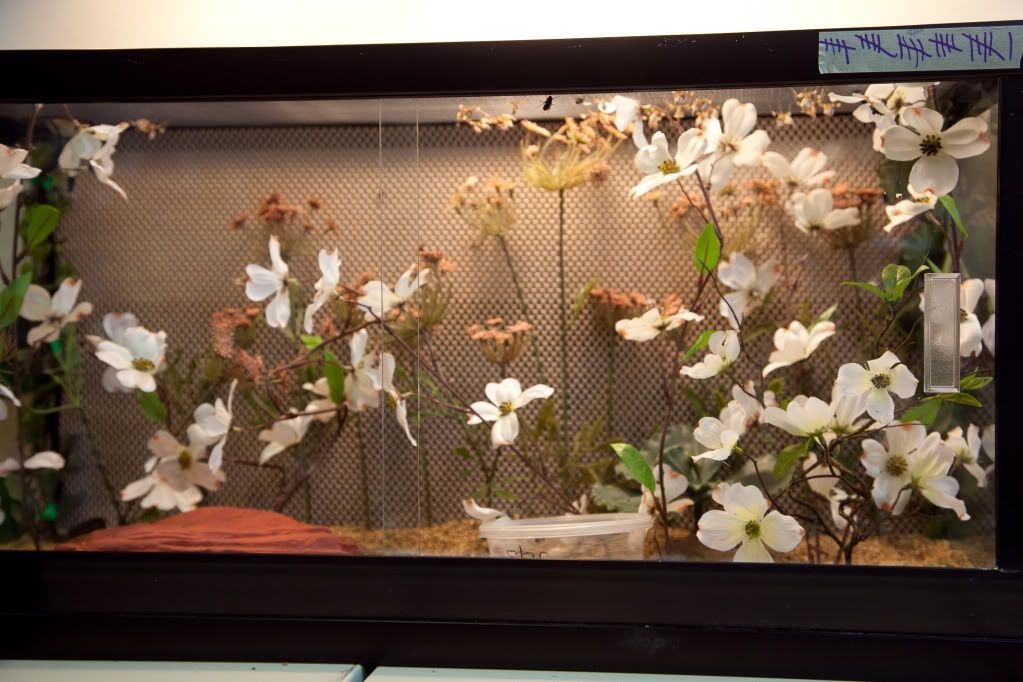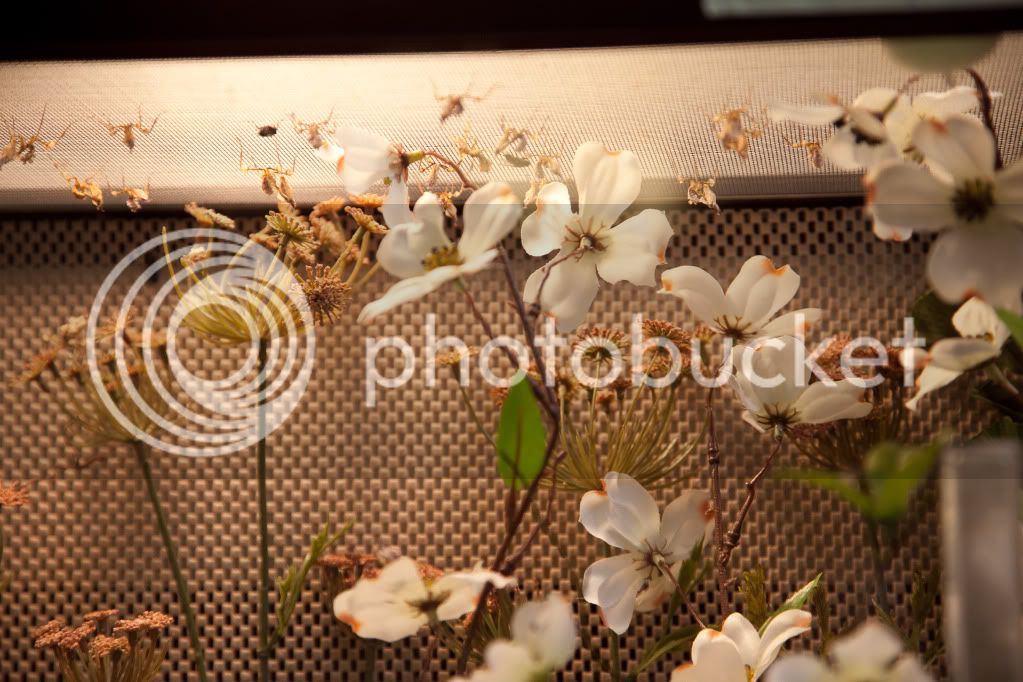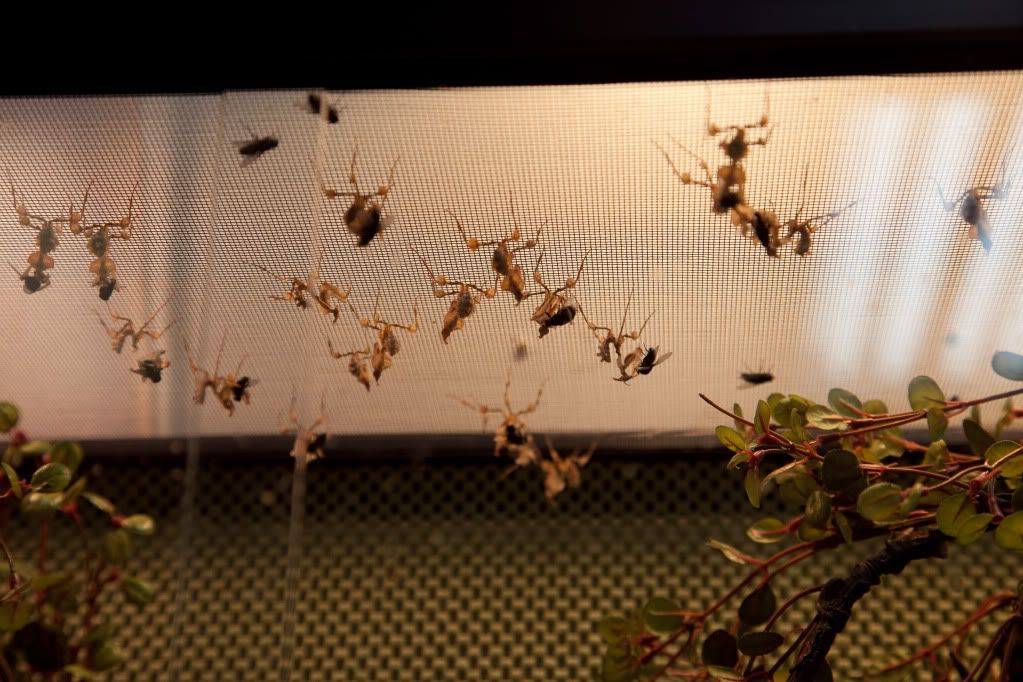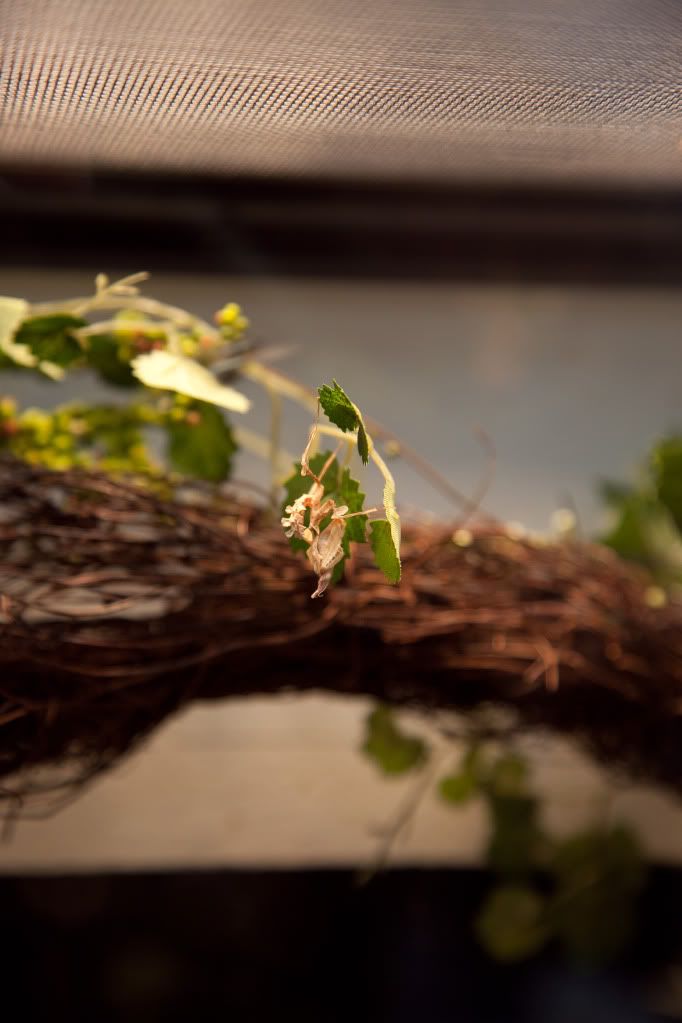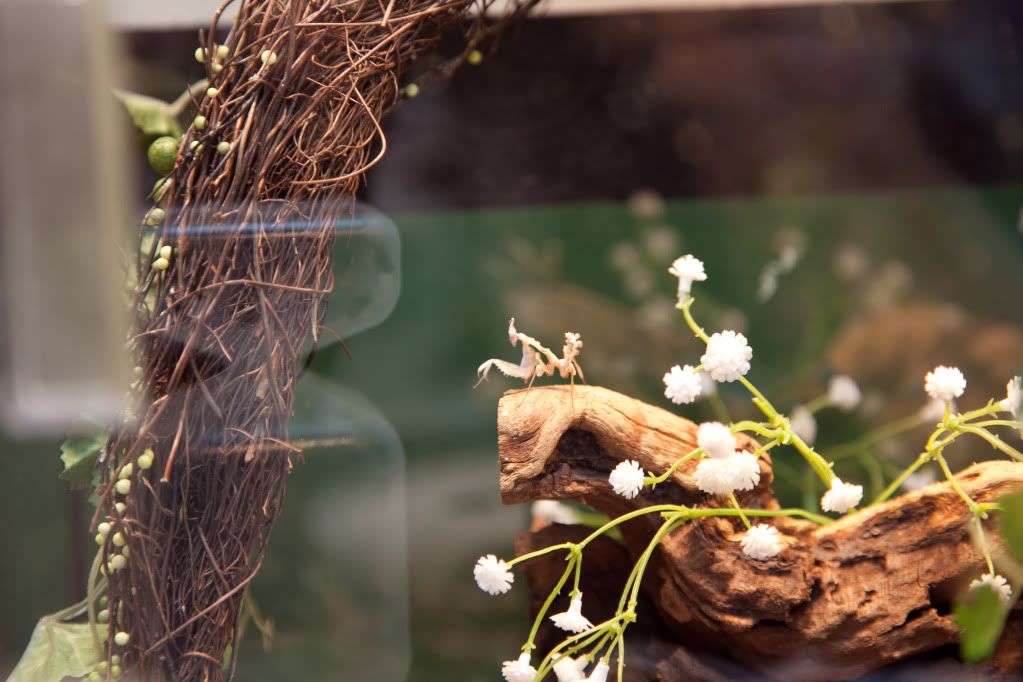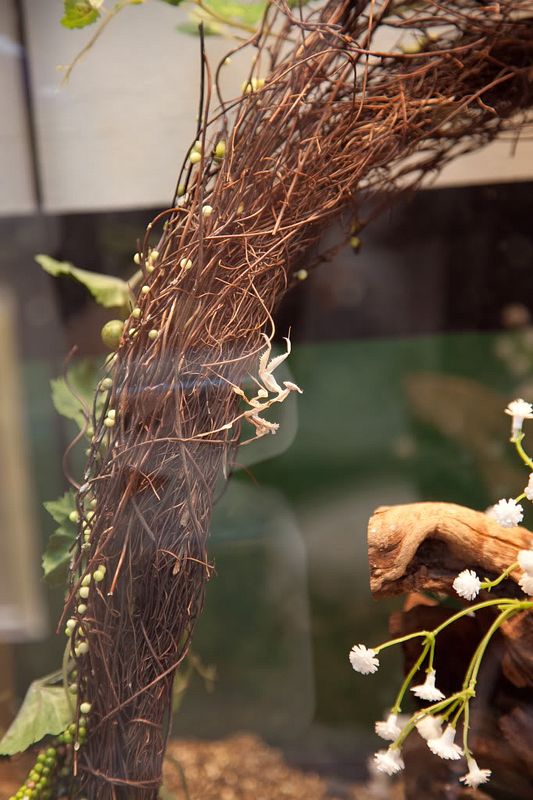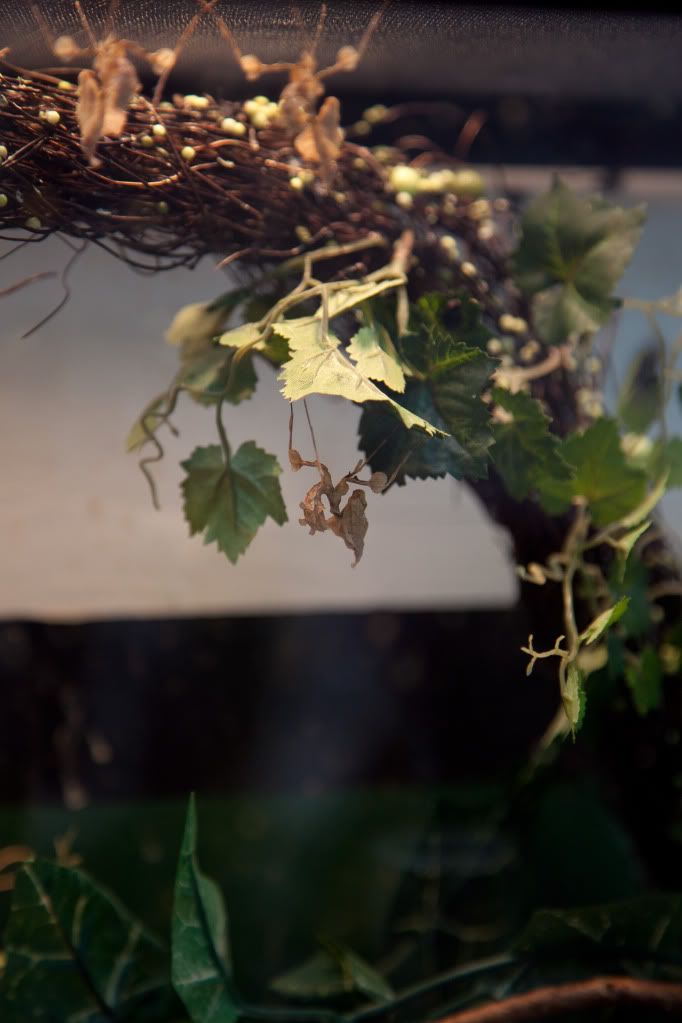My plans, opinions and experience so far with this awesome species:
What really moves me is their dramatic change from L1 to L2. L2 stage, they show so much beautiful purple and violets, I love how stunning they appear under a good day light bulb meant for reptiles. And as adults, we all know how amazing they look!

I have had many nymphs drink in front of me. Never as eager as Lobata or Popa, some species just aren't sponges lol.
Keeping cages clean should always be part of your schedule.
Keeping your feeder bugs clean should always also be part of your schedule.
I strongly feel this species does best on very dried branches, twigs with lots of scratchy coating for good stability during molting.
I had an ooth hatch the other day, and I am going all the way with plastic/glass container/tank with lots of carefully spaced out twigs VS. my original setting which was plastic sides with a mesh for a ceiling. I feel that if one is using mesh for a ceiling, the larger the idolo is, the more layers of mesh is required for their claws to cling to. Their claws are rowed up, not bunched together like a hand. I made the mistake by using one single sheet of mesh, these larger nymphs L5 + should have a round, or at least thick layer of something to hold on to while they are squiggling their way out of their exoskeleton.
Space is always a good thing to consider with Mantids in general, due to molting and catching prey situations.
The larger they get, the more humidity for my guys. These guys get heavy, and they're truly oddly shaped, lots of difficult movements while staying clung to something. Upping the humidity just seems to be the most sensible thing to do when they get larger and have more of a struggle.
Ever since I found out the seasonal changes in their home land, the ones that make it to adult hood, are the ones that hatch out and are going towards adult hood as the rain starts to come. L1 - L3 nymphs do more than fine without much humidity.
These guys seem to hide stress and sickness well, so well that once they are 100% dead, it happens within a day, not so much a gradual 10% per day. It's more like... BOOM, I'm now dead lol.
Once these get to L5 or larger, I feel the amount of space is crucial for their well being. In my opinion, this species is very territorial, but not aggressive like other species towards one another. My idolos are moved to an enclosure with a heck of a lot more roaming space once they reach that L5 size. They are so heavy, with such little b!tch peg legs lol.
If any of you have adult females that are still doing good, I am going to get a lot of males soon. Let me know by email if you want to get these females a'poking.
[email protected]




